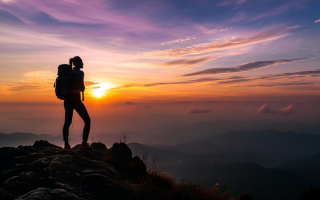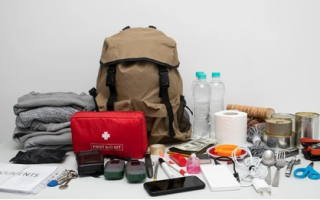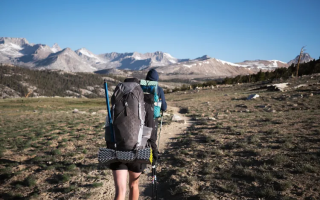Minor injuries are no trifling matter; prompt and proper treatment is essential.
Blisters, sprains, and abrasions are the most common injuries encountered during hiking. While rarely life-threatening, improper management can escalate into serious complications, potentially forcing trip cancellation.
Part One: Blisters – The Hiker’s Primary Enemy
- Prevention is Better than Cure
Footwear and Socks are Key: Wear properly fitted, well-broken-in hiking boots and merino wool socks
Keep Feet Dry: Use talcum powder and carry spare socks
Pre-emptive Protection: Apply medical tape or specialised blister plasters immediately to areas showing signs of friction or heat - On-Site Treatment Steps
Disinfect the blister and surrounding skin with povidone-iodine solution
Puncture the blister edge with a sterilised needle and gently squeeze out fluid
Preserve the blister skin as a natural protective barrier
Cover with a specialised blister dressing and secure with medical tape
Part Two: Sprains – Sudden Trip Killers
- Immediately apply the RICE principle
R (Rest): Cease activity immediately; do not bear weight on the injured foot
I (Ice): Apply cold water, snow, or a cold drink bottle to the swollen area for 15–20 minutes
C (Compression): Apply an elastic bandage to provide support and reduce swelling
E (Elevation): Raise the injured limb above heart level - Subsequent Decision-Making
Mild sprains: After 30 minutes’ rest, attempt slow walking using trekking poles to distribute weight
Moderate to severe sprains: Immediate descent is advised; seek rescue if necessary
Part Three: Abrasions – The Most Infection-Prone Wounds
- Thorough Debridement is Essential
Rinse with ample clean water to remove all dirt and debris
Disinfect using iodine swabs in a spiral motion from the wound centre outward
Avoid direct application of alcohol to irritate the wound - Correct bandaging
Apply antibiotic ointment
Use non-adherent dressings (e.g., Telfa pads)
Change dressings regularly to maintain a dry, clean wound
Quick fixes for other common issues
Muscle cramps: Gently stretch the affected muscle; replenish electrolytes and fluids
Sunburn: Apply cold compresses and aloe vera gel; avoid further sun exposure
Minor cuts: Apply direct pressure to stop bleeding, clean wound and secure with butterfly bandage
Small steps lead to big results
Mastering these basic first aid skills not only helps you stay calm during injuries but prevents minor wounds from escalating. Remember, a well-stocked first aid kit and proper knowledge are vital safeguards for your safety in the wilderness.



